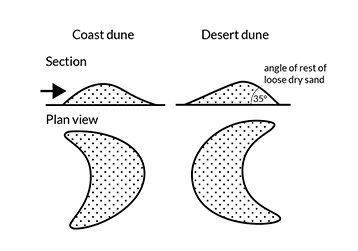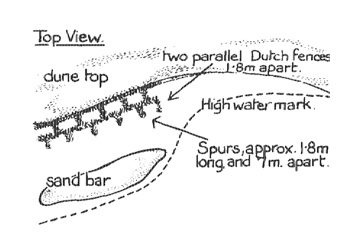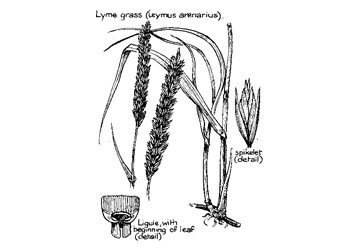Learn how to maintain and improve sand dunes – extremely fragile, valuable, natural habitats.
This is a guide to sand dune management. It is intended to be used by conservation volunteers and all others interested in maintaining or improving sand dunes.
It contains everything you need to know about sand dune management – their formation, ecology, the law, health and safety, access, vegetation, stabilisation and much more.
What to expect
Sand dune subjects
Background info

Detailed background information – sand dune formation, erosion, ecology, management problems, the law, safety, tools and equipment.
Dune stabilisation

Detailed techniques to re-contour dunes, construct wave barriers and sand-trap fencing, and the use of thatching, mulching and binding to stabilise dunes.
Access and vegetation

Principles and methods of directing and limiting public access, as well as methods of establishing vegetation to create a living dune system.
Sand Dunes: a practical handbook – chapters
The original, printed TCV handbook “Sand Dunes, a practical handbook” contained 108 pages. Every one of these pages is included in these digital versions.
What is in the handbooks?
Step by step
All the processes in the handbooks are explained in easy to follow language, using step-by-step guides that are ideal for all levels.
Clearly Illustrated
Over 2,000 helpful illustrations accompany the text, adding clarity.
Comprehensive
The handbooks cover all the topics you need to improve your skills and knowledge.
Definitive
Written by conservation experts, the handbooks are highly valued by users across the conservation sector.

